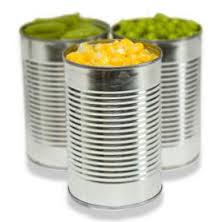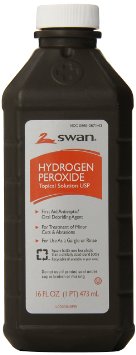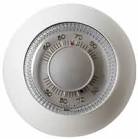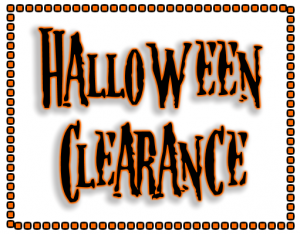A price book is an invaluable tool for anybody wanting to cut down on grocery expenses or just wanting to make the most of their money. The purpose of the price book is not only to record prices but keep track of sales in order to be able to identify when you are getting a great deal instead of just an OK one. In the past I have relied on my own memory to keep track of sale prices for items I am more likely to stock up on, or just items that I feel have the most impact on my grocery budget.
When I decided to finally put together a price book, I chose to track prices of things that I usually stock up on, or things that I buy often. So for example, I have meat (ground beef, turkey and chicken breast), toiletries (diapers, wipes, toilet paper), household cleaning items (paper towels, cleaning pads, laundry detergent, dish washing liquid) and other items such as soda. These were the things in my budget that I thought were worth looking into. For other grocery items that I don’t buy often like peanut butter, or ketchup, rice, I find out where I can buy it cheaper and then get it there.
I am accountant and as such I have a great affinity to using Excel, so I decided to use it to keep my price records. I have different tabs for the different products. For every item I have: Date (of sale), store name, brand, product size, price and the unit price. I have also added an additional column at the end, if for a certain product I have manufacturer’s coupons available. I have it as an add on because I may not have that coupon available every time I decide to buy so I don’t want it to bias the rest of my records. I suggest you keep track of prices for every product and every brand you will consider using or are available to you. I started recording prices of items at the stores I shop at: local grocery stores, Sam’s, Costco, Target and Walmart.
I found that with things like paper towel, or toilet papers you have to find a common denominator to make comparisons effective. Manufacturers have found ways to confuse you with the way they market their products in different outlets. For example, toilet paper is sold as: mega, jumbo, big, double and regular rolls. So you need to bring it down to how much each sheet costs to be able to make a fair comparison. I have laundry detergent down to cost per load and dish washing liquid to Oz if liquid or loads if using tabs or powdered.
I guess it might seem overwhelming at first but it really wasn’t. It took me one visit to each store with a notepad on hand and the list of the items I wanted to track. Now that I have it set up, all I need to do is look at the weekly sale circulars and see if any advertised sale beats what I have recorded in my price book. If I find a better sale, I record it because I want to identify if those sales are cyclical. So maintenance is quite easy.
I have found having a price book a great tool, because it has armed me with facts and information that has allowed me to make better purchasing decisions.






